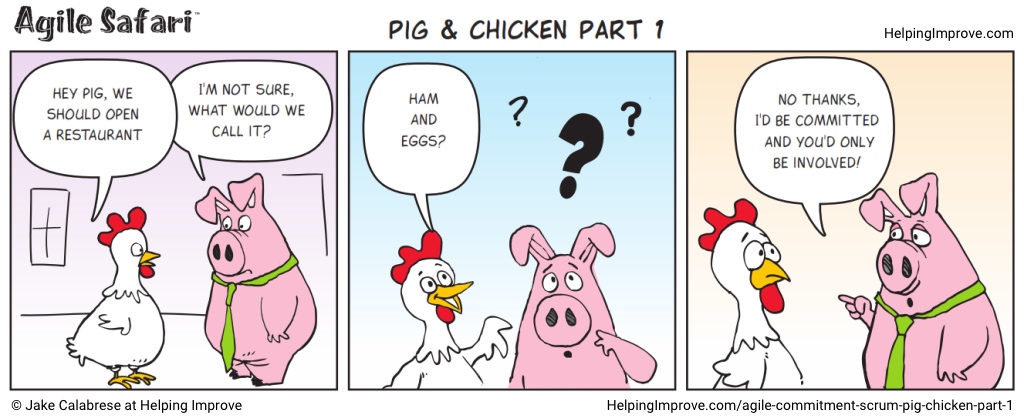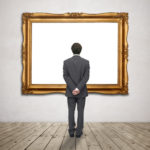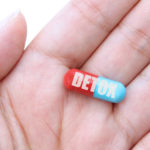The Pig & Chicken is a cartoon many in the agile community are familiar with. I know some will see it and ask why this one is being rehashed (I know this because I reviewed it with a few people, and they asked). Some will be pretty annoyed since many “strongly dislike” the cartoon (which is fine – please add your comments!). So, for anyone reading this and thinking any of those things, please read on. I want to say, “Don’t worry, I have a plan,” but only you can judge how it pans out for yourself! Tweet the Agile Safari Cartoon!

What Is The Pig & Chicken Cartoon?
For readers who are not familiar with agile (or any agile folks who have not seen the cartoon), the ideas is that the pigs are the team (or Scrum Team). The chickens are everyone else.










